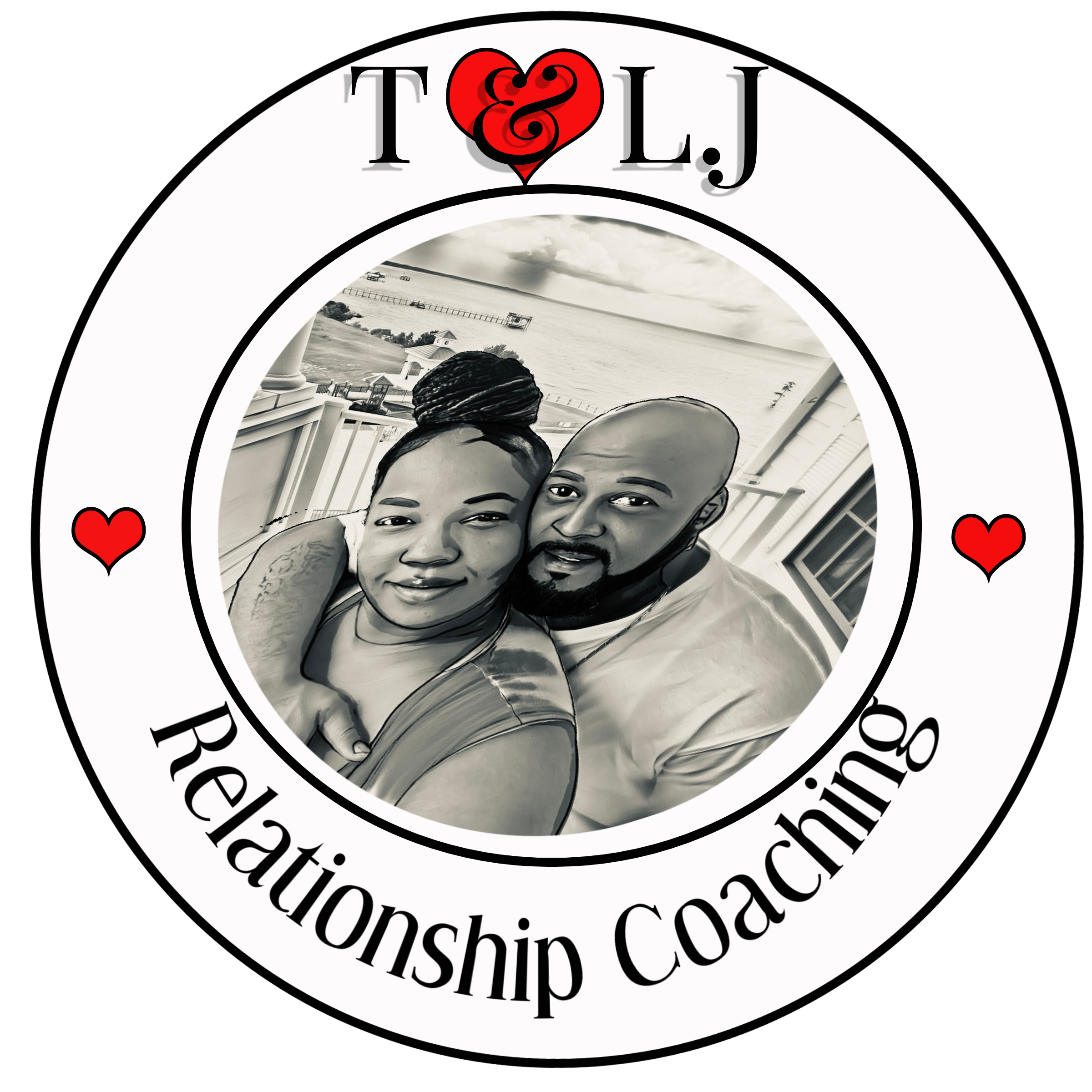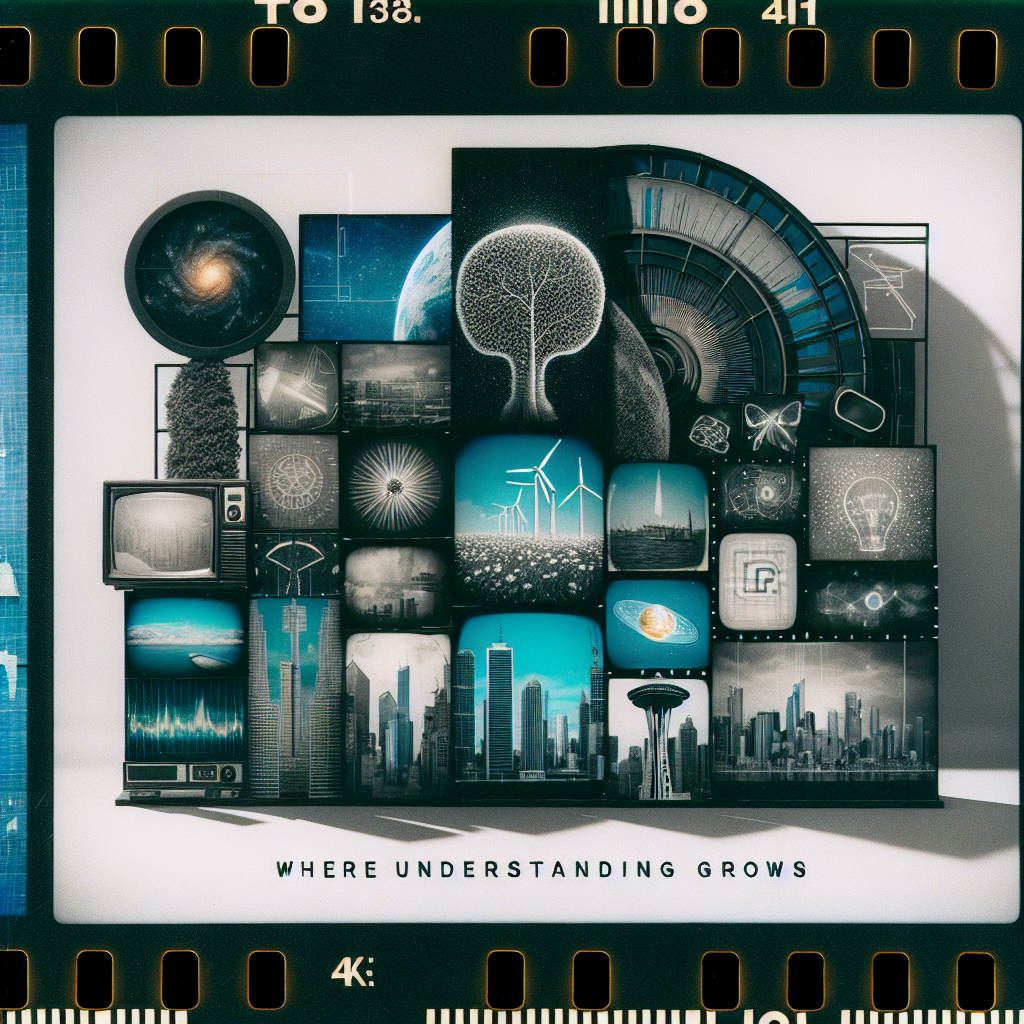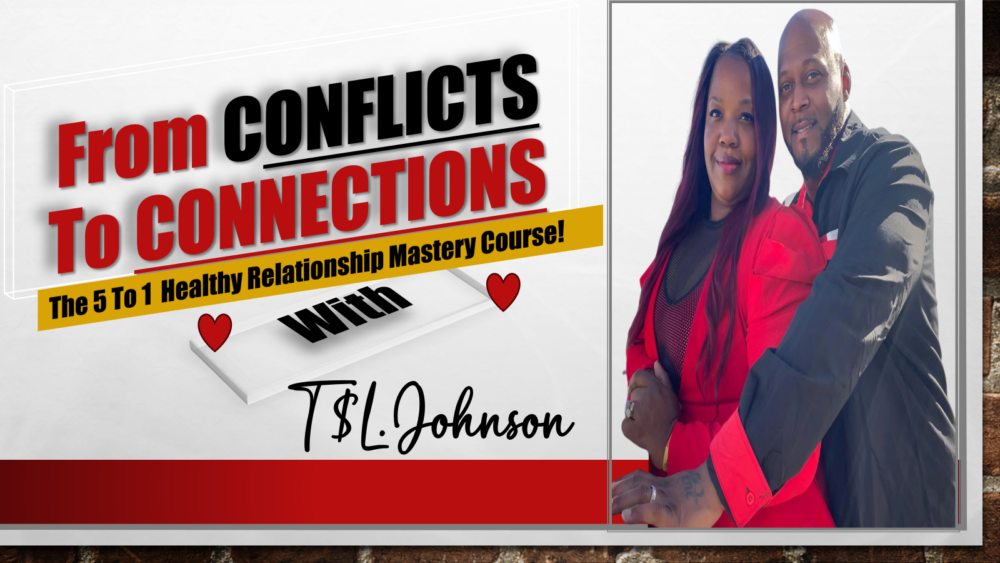Understanding Emotional Cues
What Are Emotional Cues?
When I first started diving into the world of emotional intelligence, I was shocked at how much we communicate without saying a single word. Emotional cues are essentially signals given out by our body language, facial expressions, or even our tone of voice. Think of them as little flags that raise up when we’re feeling something strongly.
For example, have you ever noticed someone crossing their arms while talking? That’s often a subconscious way of protecting oneself. Understanding these cues can offer you a sneak peek into what someone is experiencing beneath the surface.
The beauty of these cues is that they can be subtle yet incredibly telling. Just like how a slight frown can signal sadness, a bright smile can indicate joy. If you pay close attention, you can start to see the emotions of those around you play out like an open book.
Common Emotional Cues
When you’re learning to decode emotions, it helps to know the common cues that pop up across different feelings. For instance, a person who looks down and avoids eye contact might be feeling insecure or ashamed. On the other hand, someone who has an open posture and maintains eye contact might feel confident and engaged.
There are also clusters of cues that usually go together. A clenched jaw, furrowed brows, and tight fists are often indicative of anger. When you start noticing these clusters, they can help sharpen your emotional radar.
It’s all about pattern recognition. As I’ve practiced observing emotional cues in various contexts—whether it’s a friend expressing frustration or a colleague showing excitement—I’ve become more adept at understanding what’s going on in their heads.
The Role of Context
Context is everything when it comes to emotional cues. Just because someone looks upset doesn’t mean they are necessarily angry; they might be anxious about an upcoming event. Similarly, a smile in a tense situation might be masking discomfort.
I’ve learned the hard way that jumping to conclusions without knowing the context can lead to misunderstandings. It’s beneficial to consider the setting, relationships, and even cultural backgrounds that influence emotional expressions.
The more context you gather, the clearer the picture becomes. So whether you’re in a professional meeting or chatting with a friend over coffee, make a mental note of what’s happening around the emotional cues you’re observing.
Reading Body Language
The Importance of Body Language
Body language is one of the most expressive forms of communication we have. The way we carry ourselves offers rich insights into our feelings. For instance, someone sitting with slumped shoulders might be feeling down or overwhelmed.
I remember a time when I was giving a presentation and noticed a few folks leaning back with their arms crossed. It dawned on me that they might not be as engaged as I had hoped. It hit me how essential it is to read these signs and adjust accordingly.
Understanding body language can enhance both personal and professional interactions. It streamlines communication and fosters connectedness, which is what we all crave at the end of the day.
Cue Clusters in Body Language
One of the coolest things I’ve discovered is that body language cues rarely exist in isolation. They often come in clusters that create a more comprehensive picture. For instance, if someone is tapping their foot or drumming their fingers, paired with a furrowed brow, it might indicate impatience or nervousness.
When I first learned to identify these clusters, I felt like I had opened a treasure chest of insights! It’s fascinating how our bodies can communicate complex emotions through multiple expressions at once.
By paying attention to clusters, I’ve found it easier to gauge how someone is feeling in various situations and respond in a way that’s more supportive or appropriate.
Adjusting Your Own Body Language
If we’re going to decode feelings effectively, we should also be conscious of our own body language. Are we crossing our arms, or keeping an open stance? When I started being mindful of my own physical expressions, I realized how much they influenced perceptions from others.
This kind of awareness can make or break interactions. For instance, if I was giving feedback at work, I made it a point to lean in slightly and maintain eye contact to show I was engaged and supportive.
In essence, our body language can either amplify our words or contradict them. So for anyone looking to strengthen their emotional intelligence, giving body language the attention it deserves is a game-changer!
Interpreting Facial Expressions
The Face as a Window to Emotions
They say the eyes are the windows to the soul, and I absolutely believe in that. Facial expressions can offer immediate insights into what someone is feeling. A wide-eyed stare can convey shock, whereas a slight frown might suggest concern.
I recall an instance where a friend tried to hide her disappointment, but her eyes told a different story. Practice observing these subtle changes, and you’ll find that often they reveal much more than words ever could.
Facial expressions are also universal to some degree. A smile, for example, usually indicates happiness or amusement across cultures. This shared language of emotions can help bridge gaps in communication.
The Science Behind Facial Expressions
There’s actually a fascinating amount of research that delves into how our brains process emotional expressions. The right hemisphere is primarily responsible for interpreting these emotions, making them a hot topic in psychology.
Understanding the underlying science can bolster our ability to decode these expressions. Personally, knowing that certain expressions are hardwired into our emotional responses has made me more compassionate and curious in my interactions.
It also underscores why teaching kids about emotions and expressions can foster empathy and understanding from a young age. The more we talk about these cues, the more fluid our emotional communication becomes.
Cross-Cultural Differences in Expression
As I continued my journey, one thing struck me: cultural nuances play a significant role in facial expressions. For instance, direct eye contact can be seen as a sign of confidence in some cultures but may be perceived as aggressive in others.
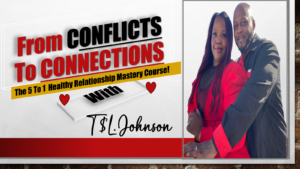
By learning about these differences, I’ve been able to approach conversations with more sensitivity. It helps to ask questions and genuinely seek to understand how others feel in their specific cultural context.
Incorporating these insights into your emotional decoding toolkit will not only enhance your ability but enrich your relationships and understanding of the diverse human experience.
Listening Beyond Words
The Power of Active Listening
Active listening goes beyond just hearing someone’s words; it’s about fully engaging with their message. When I really started to practice this, I noticed how much more connected I felt with others. It’s like tuning into the emotional undercurrent of a conversation.
One effective technique I use is reflecting back what I’ve heard. If a friend shares something troubling, I respond with, “It sounds like you’re feeling…” This not only shows them I’m paying attention but also clarifies their emotions.
This level of engagement can be transformative. It invites deeper conversations and fosters trust, which is invaluable in personal and professional settings.
Questioning for Clarity
Don’t be afraid to ask questions. Sometimes, emotions can be muddled and unclear, both from our own feelings and those of others. I’ve found that asking open-ended questions invites a more meaningful dialogue.
For example, instead of asking, “Are you okay?” you might say, “What’s really been on your mind lately?” This subtle shift encourages a more in-depth response, which can lead to a richer understanding of one’s feelings.
It’s all about creating a space where people feel safe to express themselves. Trust me, this approach can turn an ordinary conversation into a powerful moment of connection.
Silence Speaks Volumes
Never underestimate the power of silence. There’s something profound about letting moments of quiet linger, allowing someone to gather their thoughts or process emotions. I’ve had experiences where the silence said more than words ever could.
This means being patient and giving the other person space. I’ve learned that sometimes people need time to articulate feelings that might be too complex or overwhelming to put into words right away.
As challenging as it can be, embracing those silent moments can lead to incredible breakthroughs in emotional understanding. It’s an art that takes practice but can be deeply rewarding!
Practice Empathy and Compassion
Empathy as a Tool for Connection
At its core, empathy is about putting yourself in someone else’s shoes. It requires us to be aware of their emotions while also regulating our own. I’ve felt that the more I practice empathy, the better I become at recognizing and understanding the feelings of others.
By approaching conversations with an empathetic mindset, I find I can decode emotions more easily. It’s about embracing vulnerability—both theirs and your own. The deeper I delve into this practice, the more connected I feel with those around me.
Remember, empathy isn’t just about feeling; it’s about recognizing how emotions affect behavior and relationships. Once you tap into that fountain of empathy, your decoding skills will soar.
Compassion in Action
Empathy is one thing, but compassion takes it a step further. It’s about responding to others’ emotions with kindness and understanding. There was a time when a colleague was feeling overwhelmed by work, and I offered my assistance. It not only helped her out but fostered a supportive environment.
Compassion can manifest in small, everyday actions. Whether it’s asking a colleague if they need help or extending a listening ear to a friend, these moments create powerful emotional connections.
The more we cultivate compassion, the easier it becomes to connect emotionally with others. I truly believe that genuine acts of kindness can change the world, one interaction at a time.
Building a Supportive Environment
Creating a space where emotions can flow freely is essential. It involves fostering an atmosphere of trust where people feel safe expressing themselves. In my experience, team-building activities at work or simple moments of sharing personal experiences among friends can build this foundation.
I’ve seen firsthand how a supportive environment fuels emotional intelligence. When people feel supported, they’re more likely to engage meaningfully, which enriches relationships on every level.
So, whether you’re in a workplace or your circle of friends, being the person who cultivates this environment opens up pathways for deeper emotional understanding and connections.
Frequently Asked Questions
What are emotional cues?
Emotional cues are signals expressed through body language, facial expressions, and tone of voice that give insight into someone’s feelings. They allow us to gauge what someone might be experiencing internally.
How does body language impact communication?
Body language plays a significant role in communication as it can convey emotions and attitudes that words may not express. It can enhance or contradict verbal communication, influencing how messages are received.
Why is empathy important in decoding feelings?
Empathy allows us to understand and connect with the emotions of others. By recognizing their feelings, we can respond more effectively and build stronger relationships.
How can I improve my emotional intelligence?
Improving emotional intelligence involves practicing active listening, being mindful of your own emotions, observing emotional cues, and cultivating empathy and compassion.
What should I do if I don’t understand someone’s emotions?
If you don’t understand someone’s emotions, it’s okay to ask questions to gain clarity. Approach the conversation with an open mind and be patient, allowing them the space to express themselves.
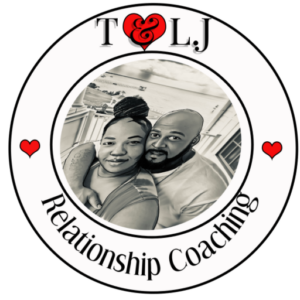
Schedule Your First 20-Minute Coaching
Call With Us Today to see if we fit . You pick the price!
Click Here
